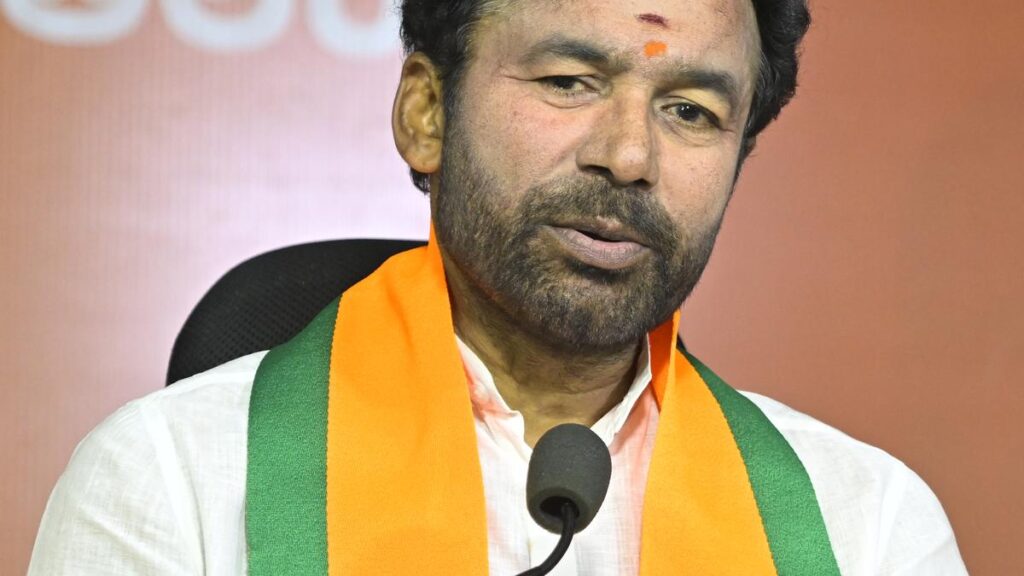Rama Krishna Sangem
RBI Governor Sanjay Malhotra seems to be gunning for an ambitious 8 per cent growth rate in Indian economy. He is not satisfied with presently projected average 6.5 per cent per annum. Though this above 6 per cent is better than most other major countries, thus elevating India to the fastest growing economy position, the present situation is stable and smooth.
Unlike his predecessors at Reserve Bank of India, Malhotra, a former finance ministry official, wants to go aggressive and dynamic, making the central bank an integral part of PM Narendra Modi’s ambitious goal of making India a developed nation and an economy of around 30 trillion US dollars by 2047. Unlike his predecessors, Sanjay is ready to take a gamble at playing a role in the growth story of India, nut just a cautious inflation watcher.
His recent predecessors – Shaktikanta Das, Urjit Patel and Raghuram Rajan – Malhotra doesn’t want to confine to managing inflation, which, of course, is a mandated duty of the RBI. Malhotra, an IIT Kanpur product and a masters holder from Princeton University, US , was the revenue secretary before taking up the job of RBI governor on December 11, 2024, has exposure to the UN industrial development organization and the small and medium enterprises in India.
Being a son of a BSF officer, this 57 year old Rajasthan cadre 1990 batch IAS officer is known for his proactive stance wherever he is posted. In RBI too, he left none in doubt over taking risky U turns. Within six months of his tenure, where he announced three bi-monthly monetary policy committee (MPC) decisions, Malhotra brought down the Repo rate by 1 per cent or 100 basic points, from 6.5 to 5.5 now. This is a steep slide for any RBI governor within 6 months.
Rs 2.5 lakh crore more money in the market, but where will it go?
Malhotra led six member MPC on June 6 brought down interest rates by 50 basic points. This puts Rs 2.5 lakh crore more money with the banks and they in turn will lend to the market. Similarly, lower interests will put more money in the hands of borrowers too, in the form of reduced EMIs. This sounds good. But, where will this additional money go? Will it go for creating additional capital expenditure or just unproductive consumption – like buying furniture, gold and jewellry.
For long, the industry and business lobbies have been asking for cheaper money so that the can increase private investment. For the last three to four years, the entire economic growth is based on government investment only. As inflation ranged above 4.5 per cent, previous governors could not dare reduce interests rates. Luckily, for Malhotra, now the inflation is within the manageable range. So he took the risk of a jumbo rate cut. Buy, remember, as RBI changed its stance from accommodative to neutral, there will not be another rate in August.


